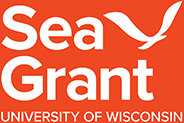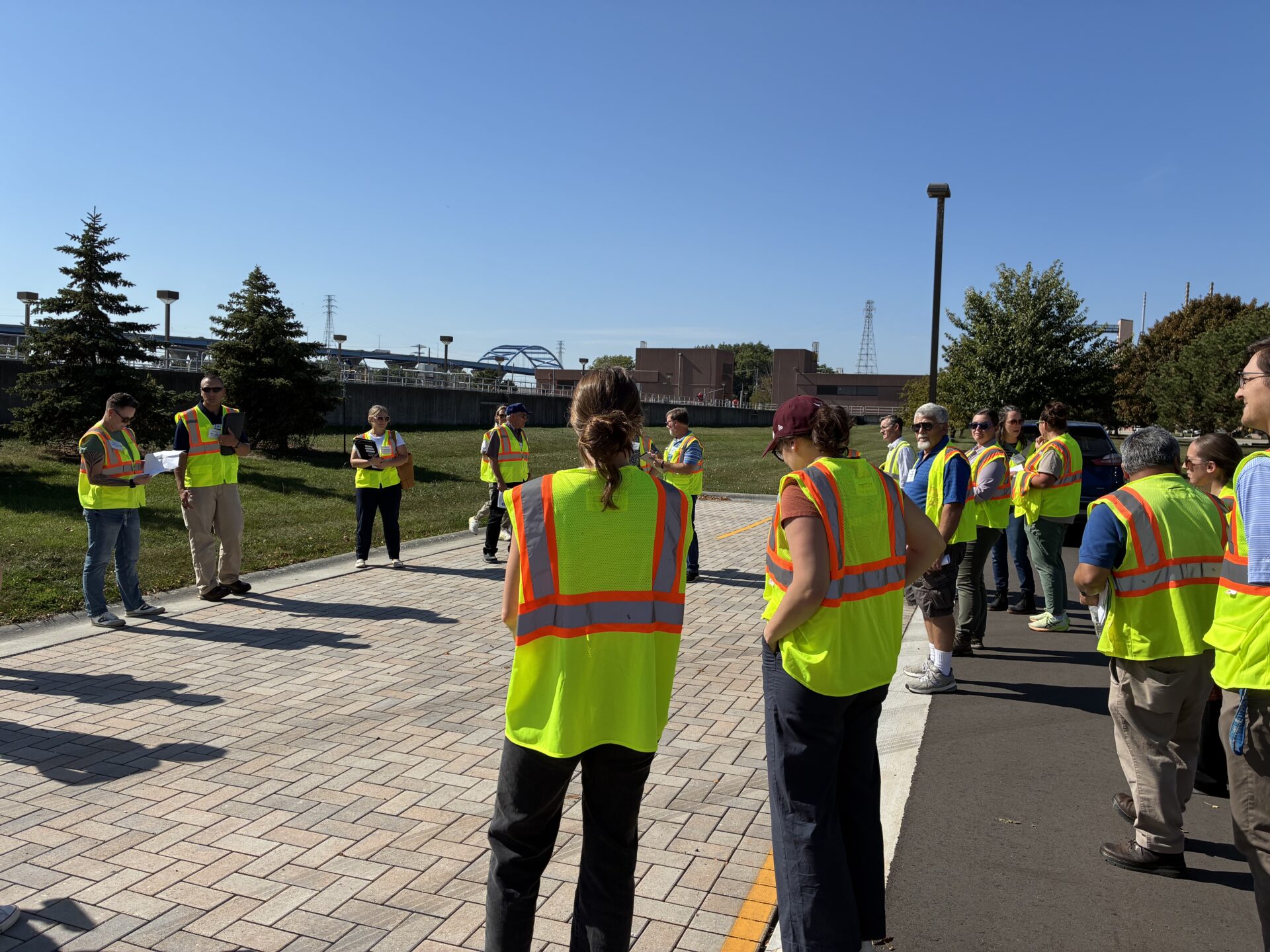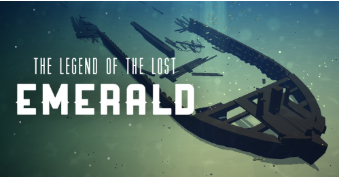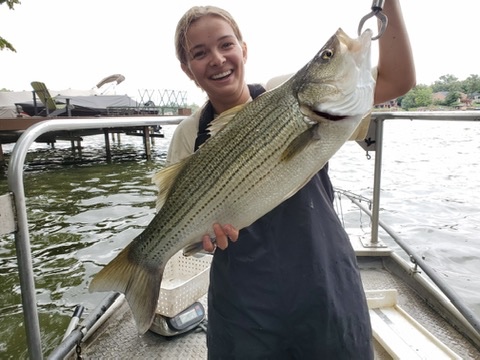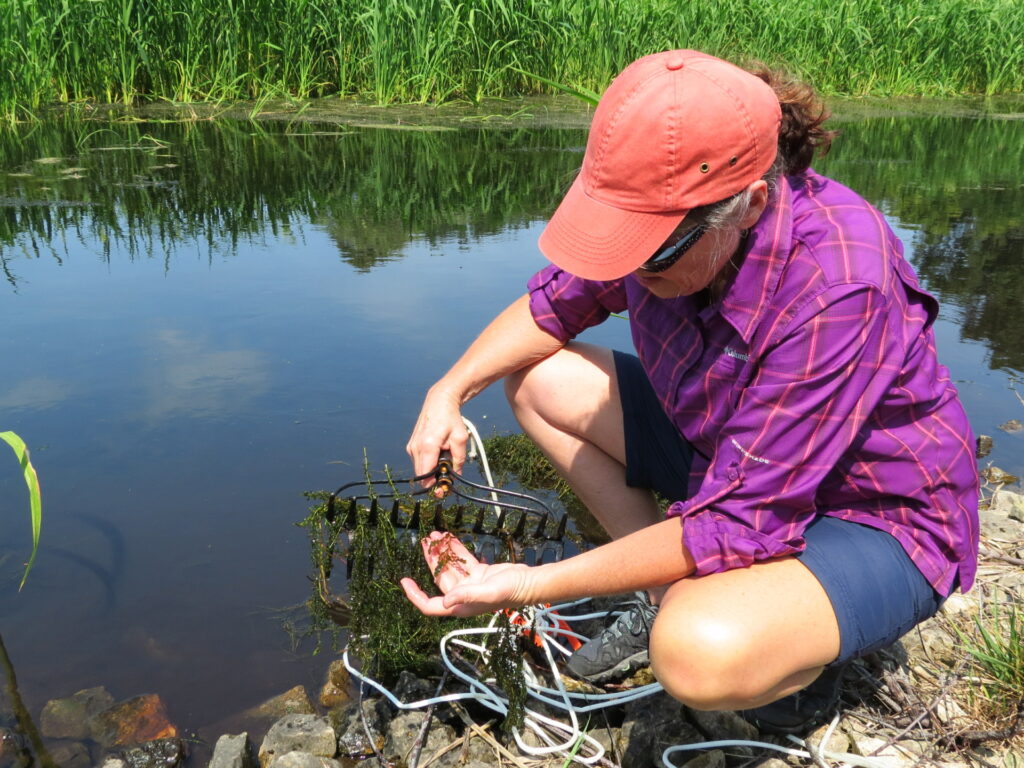
A lake association volunteer works on managing an unwanted aquatic plant in a Wisconsin lake. Image credit: Paul Skawinski
People searching online for control options related to unwanted plants that grow in lakes and rivers use many different terms. Some call them “lake weeds,” other call them “freshwater seaweed,” still others “cabbage.” Rarely do they search with terms that natural resource managers and scientists use, such as the plants’ Latin names or the formal, “submerged aquatic vegetation.”
These are findings of a study on internet keyword search terms conducted by University of Wisconsin-Madison researchers that was recently published in the “Journal of Aquatic Plant Management.”
The Wisconsin Department of Natural Resources estimates that $9.5 million is spent annually on aquatic plant management in the state. About $2 million of this is state funds, the rest is private dollars. Despite this, little funding or effort is dedicated to education specific to aquatic plant management. This study aimed at filling this information gap.
How people search for information about aquatic plants is critical for guiding professionals on best practices for educational programming and outreach. Such education could also steer people away from the ineffective and potentially harmful use of herbicides in lakes and toward more ecologically sound solutions.
The research team composed of Wisconsin Sea Grant’s Tim Campbell and Gavin Dehnert, UW-Madison Department of Life Sciences Communication and Division of Extension’s Bret Shaw, and Luke Huffman, a Ph.D. student in UW-Madison’s Nelson Institute for Environmental Studies, examined 113 search keywords related to aquatic plant management and recorded the top 10 websites that contained those words.

Tim Campbell. Image credit: Wisconsin Sea Grant
“We had 1,130 different websites that popped up,” said Campbell, aquatic invasive species outreach specialist. “What we found across all the keywords was that commercial websites tended to rank higher than institutional and government websites or the mixed websites. Essentially, if you type in a keyword related to aquatic plant management, you’re more likely to get a commercial website than you are a purely information source.
“People appear to be searching for things related to aquatic plant management in a more vernacular colloquial way. As they do that, they’re getting more commercial websites about management, a lot of times, regarding herbicides, which could be why they default to herbicide use as a first choice. And so, the information that we’re putting together, which covers many different management options really isn’t reaching our target audience,” Campbell said.
The research team urged scientists and invasive species program managers to include more generic terms like “lake plants” in their online content and other terms mentioned above so that search engines are more likely to display their content.
Campbell suggested that noncommercial managers, “Just think a little bit more about how we’re writing the content and how that might map out to people looking for it. We probably all want our reports to be seen by our target audience. In this information environment, we need to be using the language of the people we’re trying to reach.”
The study was supported by the Wisconsin Department of Natural Resources and the Great Lakes Restoration Initiative.
The team has a follow-up study planned for this summer where they will produce two versions of aquatic plant management fact sheets — one more scientific and the other with more colloquial terms — and then assess search engine results to see which one captures more internet traffic.
